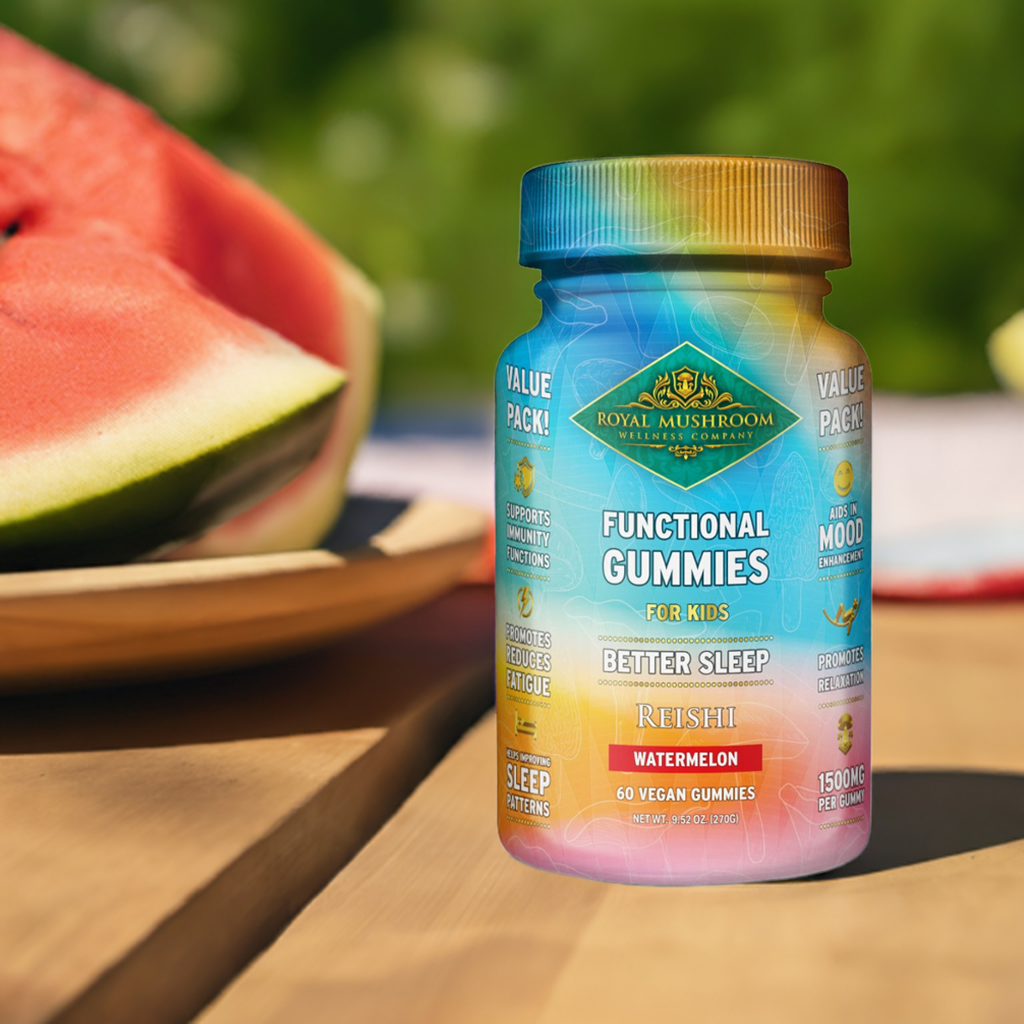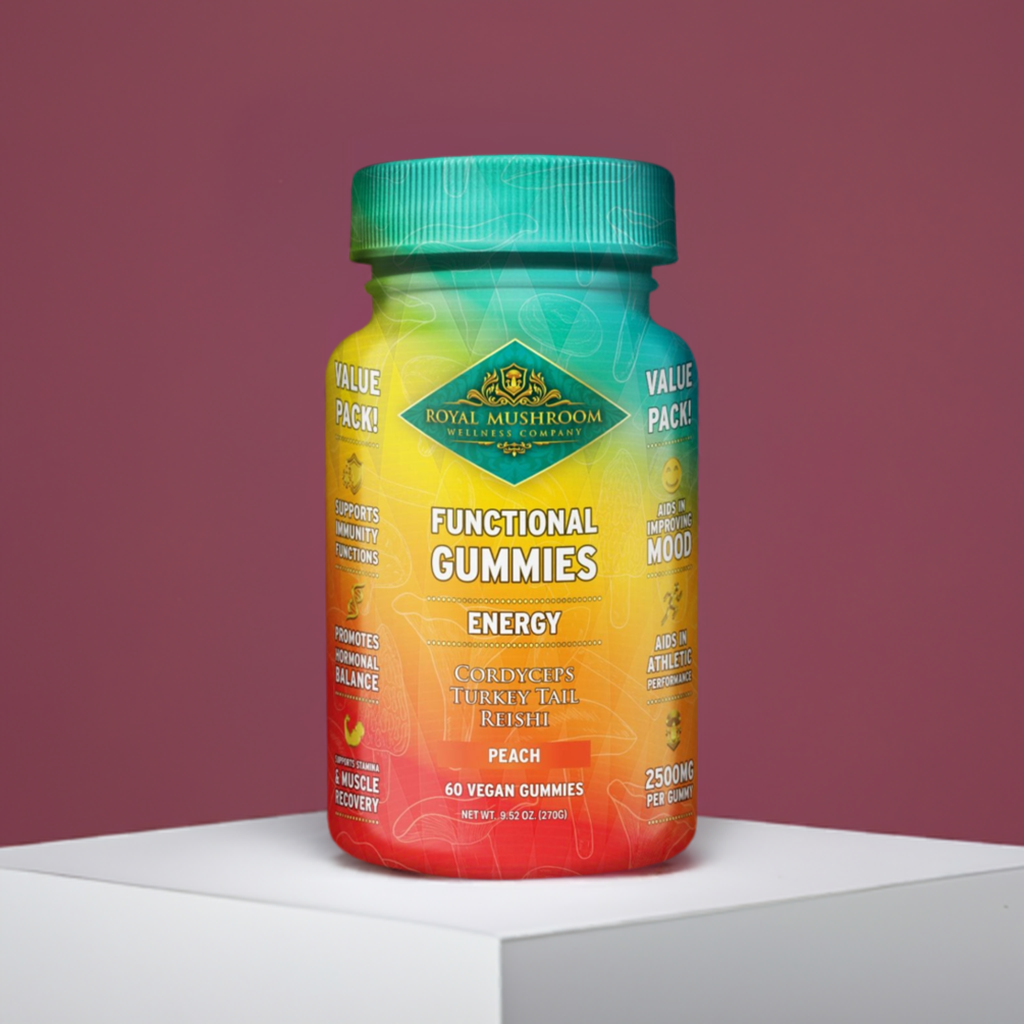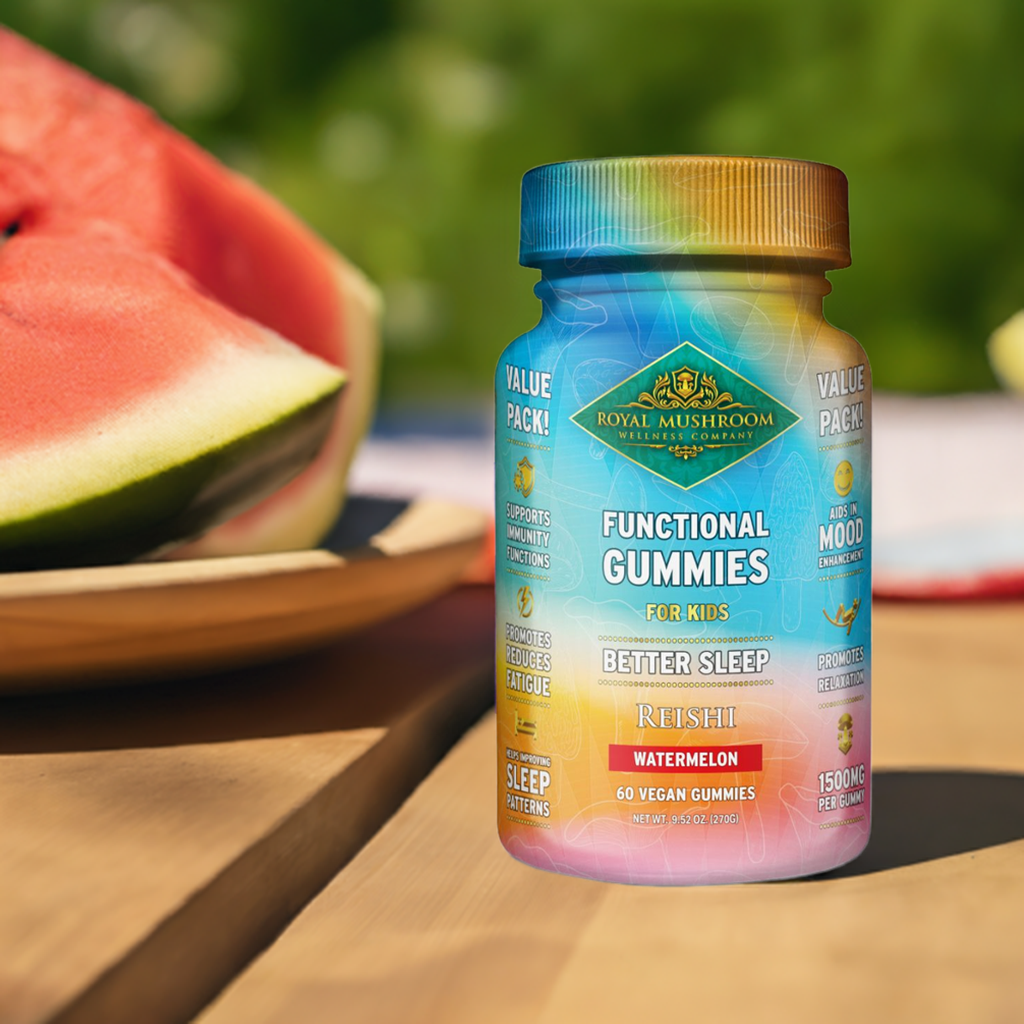When bedtime turns into clinginess, tears, and “don’t leave,” you’re not alone. Separation anxiety at night is common in toddlers and preschoolers—and with the right mix of routines, reassurance, and gentle methods, most families can get back to calmer evenings and confident sleep.
What Is Bedtime Separation Anxiety?
Bedtime separation anxiety is when a child feels intense distress about being apart from a parent or caregiver at night. You may see:
- Crying, calling, or following you when you try to leave the room
- Requests for “just one more” story, drink, or hug
- Reluctance to sleep alone or panic if you’re not there
- Night wakings with renewed distress
Separation anxiety is a normal developmental phase (especially in the toddler years) and is distinct from a sleep regression or medical issue. If anxiety is severe, persistent, or affecting daytime functioning (school refusal, stomachaches), talk to your pediatrician or a child therapist for extra support.
Why It Happens: The Science & Psychology
Object permanence & fear of the dark
As kids’ imaginations grow, object permanence (knowing you still exist even when you step out) and fear of the dark can collide. Many children between ages 3–6 develop nighttime fears—perfectly typical and usually temporary. Psychology Today
Attachment, protest, and big transitions
Children might protest at bedtime for many reasons: a new sibling, preschool start, travel, illness, or simply developmental leaps. These are predictable triggers—and not signs you’re “doing it wrong.” Wirral Health and Care Trust
Quick Wins: Calmer Nights Starting Tonight
A 7-step calming bedtime routine (15–30 minutes)
- Predictable wind-down: dim lights, low voices, tidy toys
- Warm bath or face/hand wash (optional)
- Cozy PJs + comfort object (lovey/stuffed animal)
- One book + one song (keep the count consistent)
- Brief mindfulness moment: 3–5 slow belly breaths together
- Reassurance script: “You’re safe. I’ll check in after 2 songs.”
- Consistent goodnight: same phrase & door routine nightly
Mindfulness and simple paced breathing have evidence for helping kids handle stress and improve sleep quality over time.
Transitional objects & reassurance scripts
A comfort object (blanket, shirt with your scent, favorite toy) can reduce separation distress. Pair it with a short, predictable “check-in” promise (“I’ll be back in two minutes”) to build trust.
Environment tweaks: light, sound & weight
- Night light: soft, warm (amber) night lights can ease fear of darkness.
- White noise: steady, low sound can mask household noise; keep volume <50 dB and device across the room.
- Weighted items: Avoid weighted sleep products for babies and use caution with young children—AAP and safety agencies have raised concerns. For older kids, discuss with your pediatrician first.
Comparison table, environment helpers
| Option | Best For | Watch Outs | How to Use |
|---|---|---|---|
| Night light (warm) | Fear of dark | Bright/blue light can delay sleep | Small, warm light away from eyes |
| White noise | Noisy homes/siblings | Too loud or too close to crib/bed | Keep <50 dB, across the room |
| Weighted blanket* | Older kids w/ sensory needs | Not for infants; use only with clinician guidance | If approved, lightweight, never cover face/neck |
*Follow your clinician’s guidance; avoid for infants and young toddlers.
Gentle Sleep Training Methods (No Tears Required)
Goal: help your child feel safe falling asleep without you in the room, not to eliminate comfort.
Parental Presence / “Chair” Method
You sit in a chair by the bed, offering quiet reassurance. Every few nights, move the chair farther away until you’re outside the door.
Gradual Withdrawal (step-down support)
Start with your usual presence, then reduce help in small steps (e.g., from patting to just a verbal “I’m here,” then to check-ins).
“Camping Out”
You lie on a mat next to the bed and gradually increase the space between you and your child over several nights. Variants of “camping out/controlled comforting” have been studied and can reduce distress while building independent sleep skills.
Timed Check-Ins (Ferber-style, flexible)
Set brief, predictable intervals (e.g., 2–3–4 minutes), return briefly, then lengthen intervals. Keep it gentle: short reassurance, same script, leave again.
Tip: pick one method, commit for 10–14 nights, and track progress (time to fall asleep, number of calls/visits). If distress escalates beyond your comfort, slow the steps or pause.
At-a-glance, gentle methods
| Method | Parent In Room? | Best For | Key Advantage |
|---|---|---|---|
| Parental Presence | Yes → No (gradually) | Kids who panic if you leave | Smooth taper of proximity |
| Gradual Withdrawal | Brief support → check-ins | Clingy kids, light protest | Flexible pace; low tears |
| Camping Out | Yes (on mat) → doorway | Strong attachment needs | Predictable, steady scaffolding |
| Timed Check-Ins | No (brief returns) | Kids okay with quick reassurance | Builds independent settling |
Natural, Non-Melatonin Supports (Kid-Safe Mindset)
Many families prefer to address bedtime anxiety without melatonin. Medical groups urge caution and recommend starting with routines and behavioral strategies; if considering supplements, talk to your pediatrician.
Common gentle supports parents ask about:
- Evening routine consistency (strongest long-term impact)
- Breathing cards / mindfulness audio (3–5 minutes)
- Warm bath + story ritual
- Herbal or cocoa-style bedtime beverages (caffeine-free; check ingredients)
- Nutrient basics (balanced dinner; limit sugar/dyes late)
Safety note: Keep all gummies, vitamins, and supplements locked away-melatonin ingestions by young children have led to thousands of ER visits; packaging and dosing can be inconsistent. AAP Publications
Special Cases & Safety
Night terrors vs. nightmares vs. anxiety
- Nightmares: child wakes, remembers content, seeks comfort → brief reassurance, night light, mindfulness.
- Night terrors: child looks awake but isn’t; often no memory → keep safe, avoid waking, review schedule/over-tiredness.
- Anxiety spikes: panic on separation, especially at bedtime → lean on gradual methods and consistent check-ins.
- When your child panics if you leave the room
Start with in-room methods (chair/camping out), pair with reassurance scripts, and micro-goals (e.g., 2 minutes alone + return). Consider CBT-informed strategies; CBT is recommended for anxiety disorders in ages 6–18.
Co-sleeping to independent sleep—gently
Move from same bed → mattress on floor in same room → child’s bed with you nearby → check-ins. Expect 2–4 weeks for a solid transition.
Red flags, seek professional help if:
- Anxiety is severe, daily, or lasts weeks without improvement
- Daytime function suffers (school refusal, somatic complaints)
- Safety worries (self-harm talk, trauma history)
- You’re overwhelmed—pediatricians and child therapists can help
Step-by-Step Plan: From Clingy Nights to Confident Sleep
Week 1: Stabilize routine & environment
- Choose a fixed bedtime window (e.g., lights out 8:00–8:15 p.m.).
- Implement the 7-step routine; add breathing practice nightly.
- Introduce a comfort object and a reassurance script.
- For fear of dark, add a warm night light.
Week 2: Introduce your gentle method
- Pick one method (Chair / Gradual Withdrawal / Camping Out / Check-Ins).
- Use micro-targets (e.g., increase distance by one step every 2 nights).
- Keep check-ins short: a phrase, a pat, then leave.
Weeks 3–4: Extend independence
- Increase time between check-ins or distance of the chair.
- Shift your reassurance to “I believe in you” tone.
- Begin fall-asleep-alone goal 3–4 nights/week, then nightly.
- Track wins (stickers, high-fives); keep rewards small & predictable.
Handling setbacks
Illness, travel, or new milestones can cause brief regressions. Return to the last successful step for a few nights, then continue.
What Parents Ask Most (Quick Answers)
-
How long does bedtime separation anxiety last?
Typically weeks to a few months when addressed consistently; seek help if distress persists or worsens. -
Should I stay until my child is asleep?
Short-term, yes, then fade your presence using a gentle method above.
-
Are weighted blankets okay?
Avoid for infants; for older kids, only with clinician guidance. Never cover the face or neck.
-
Is melatonin safe for kids with bedtime anxiety?
Pediatric groups urge caution; start with behavioral supports and discuss any supplement with your clinician. HealthyChildren.org
-
Do breathing exercises really help?
Mindfulness-based programs have been shown to improve children’s sleep duration and quality over time. JCSM
Gentle Supports vs. Common Concerns
| Concern | Gentle Support | Why It Helps | Try This Tonight |
|---|---|---|---|
| Fear of dark | Warm night light + reassurance script | Reduces uncertainty; anchors safety | “I’ll check in after 2 songs.” |
| “Don’t leave!” protest | Chair method / camping out | Fades presence without shock | Move chair one step every 2 nights |
| Frequent calls | Timed check-ins + water next to bed | Limits negotiations; predictable | 2–3–4-minute check-ins, same phrase |
| Middle-of-night wakings | Same method used at bedtime | Builds consistent expectations | Keep returns brief; same script |
| Travel/illness regression | Step back one rung in your plan | Resets success pathway | Re-introduce chair, then fade |
Gentle Supplements & Tools: A Transparent, Cautious Approach
If your clinician okays gentle, non-melatonin supports, keep the focus on routine first, then supplement second. Always review ingredients, COAs, and dosing guidance appropriate for age.
- See our COA-verified kids’ sleep support options (non-melatonin).
- Use the MycoDose calculator to explore routine-first recommendations and to surface caution notes (e.g., medications, age).
Safety reminder: Store any gummies/supplements out of reach and in child-safe containers. Accidental ingestions can lead to ER visits.

Final Word
You can honor your child’s attachment needs and teach independent sleep—without tears or power struggles. Start small, repeat often, and let gentle consistency do the heavy lifting. If you want a hand, grab our Bedtime Routine Checklist, check your MycoDose guidance, and explore COA-verified, non-melatonin supports aligned with your pediatrician’s advice.
FAQ
Q: What’s the fastest way to reduce bedtime clinginess?
A: Make bedtime predictable (same 7-step routine), add a reassurance script, and choose one gentle method (Chair, Gradual Withdrawal, Camping Out, or Check-Ins). Track progress nightly for two weeks.
Q: Is separation anxiety normal at age 3–5?
A: Yes—nighttime fears and wanting a parent nearby are common in this age range. With routine and gradual independence, most children improve.
Q: Are white-noise machines safe for toddlers?
A: Yes if used correctly: keep volume low (<50 dB) and place across the room. Avoid placing devices near the bed/crib.
Q: When should we seek professional help?
A: If anxiety is severe, persistent, or affecting daytime life (school refusal, somatic complaints), or you feel stuck despite consistent routines, consult your pediatrician or a child therapist. CBT has strong evidence for pediatric anxiety.
Q: Should we use melatonin?
A: Pediatric groups advise caution. Start with routines and behavioral strategies; discuss any supplement with your clinician and use child-safe storage.


















